 One of the fun things I like to do while browsing through Nebraska Memories is to find pictures that remind me of a phrase or movie title, then add a Nebraska twist. That led me to today’s post about Nebraska photographer John Nelson, and the movie “Planes, Trains, and Automobiles.”
One of the fun things I like to do while browsing through Nebraska Memories is to find pictures that remind me of a phrase or movie title, then add a Nebraska twist. That led me to today’s post about Nebraska photographer John Nelson, and the movie “Planes, Trains, and Automobiles.”
John Nelson was born in Halestad, Sweden in 1864. He came to Nebraska with his parents at the age of seventeen. His many photographs tell the story of small town life in Nebraska during the first decades of the 20th century. His subjects included people, towns, businesses, community activities, early airplanes, trains, and automobiles.
The picture to the left is of the photographer himself, standing in front of the rear end of his motorized portable darkroom, between 1907 and 1917.
The pictures immediately below are the first stop in the planes, trains, and automobiles tour. They are of a biplane with its’ pilot, two Native Americans and a woman, and then a crowd of onlookers at the site of an airplane crash, respectively, about the same time period. These are just two of several airplane photographs taken by John Nelson found in Nebraska Memories, and illustrate the variety of pictures he took.
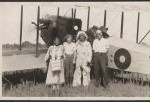
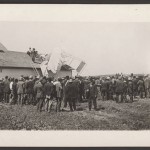
Trains are our next stop in the planes, trains and automobiles tour. Mr. Nelson took photographs of the trains themselves, but also took photographs of the people and places associated with the railroads. This can be seen in the pictures below of the “219 on Wednesdays” coming into a small Nebraska town, and in the picture of a couple standing outside the Ericson, Nebraska train depot.
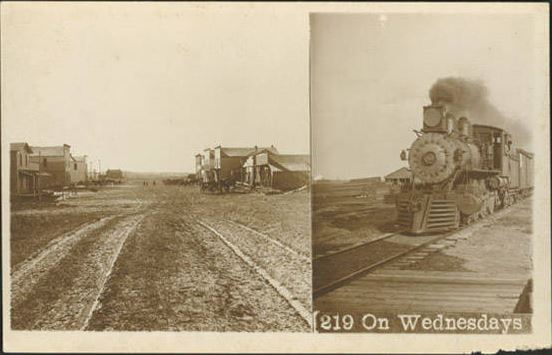
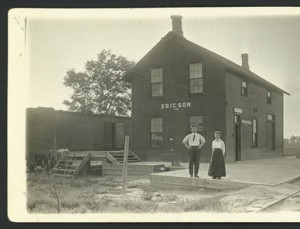
Then last on the tour, but certainly not least, are the pictures of automobiles. John Nelson took many pictures of cars: everything from cars in downtown Omaha to individuals in or beside their cars, and from the F.J. O’Hara Buick Dealership in Spalding, Nebraska to automobiles decorated for parades, as seen below.
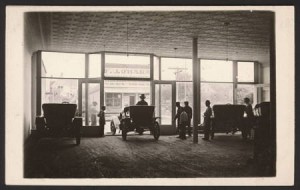

I hope you’ve enjoyed our photographic tour of John Nelson’s planes, trains, and automobiles. Visit Nebraska Memories to search for or browse through many more historical images digitized from photographs, negatives, postcards, maps, lantern slides, books and other materials.
Nebraska Memories is a cooperative project to digitize Nebraska-related historical and cultural heritage materials and make them available to researchers of all ages via the Internet. Nebraska Memories is brought to you by the Nebraska Library Commission. If your institution is interested in participating in Nebraska Memories, see http://nlc.nebraska.gov/nebraskamemories/participation.aspx for more information, or contact Beth Goble, Historical Projects Librarian, or Devra Dragos, Technology & Access Services Director.
 Have you listened to the NCompass Podcast lately? Here are the episodes from August 2014. To get all of the episodes delivered to you automatically be sure to subscribe via RSS or iTunes.
Have you listened to the NCompass Podcast lately? Here are the episodes from August 2014. To get all of the episodes delivered to you automatically be sure to subscribe via RSS or iTunes.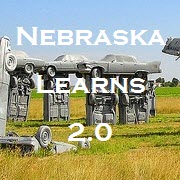







 Join us for next week’s NCompass Live: “Resource Description and What? RDA for Non-Catalogers”, on Wednesday, September 3, 10:00-11:00 am Central Time.
Join us for next week’s NCompass Live: “Resource Description and What? RDA for Non-Catalogers”, on Wednesday, September 3, 10:00-11:00 am Central Time.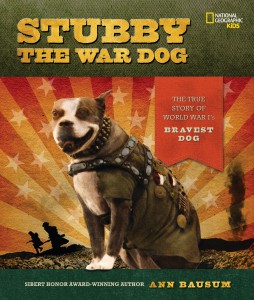 I have been reading books for preschool through high school ages preparing for next year’s summer reading program “Every Hero Has a Story.” Among my favorites so far is a nonfiction title: Stubby the War Dog by Ann Bausum, written for grades 4-7. Stubby was a stray who connected with J. Robert Conroy, an enlisted man among many who were training on Yale’s athletic grounds in 1917. When the time came to ship out, Stubby was smuggled on board and soon was considered by all to be a part of the unit.
I have been reading books for preschool through high school ages preparing for next year’s summer reading program “Every Hero Has a Story.” Among my favorites so far is a nonfiction title: Stubby the War Dog by Ann Bausum, written for grades 4-7. Stubby was a stray who connected with J. Robert Conroy, an enlisted man among many who were training on Yale’s athletic grounds in 1917. When the time came to ship out, Stubby was smuggled on board and soon was considered by all to be a part of the unit. National Endowment for the Humanities
National Endowment for the Humanities 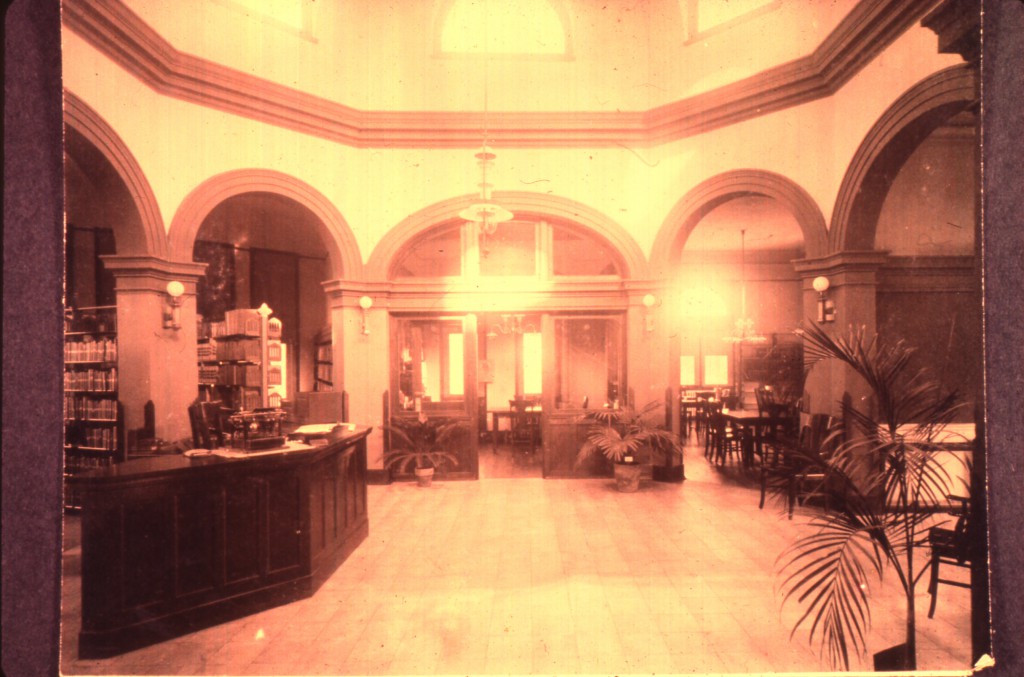
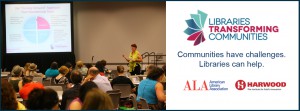

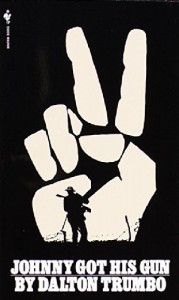
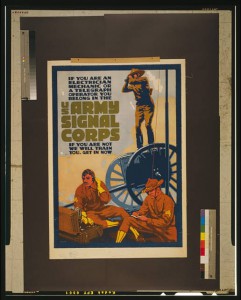
 avid Lee King is the Digital Services Director at Topeka & Shawnee County Public Library, where he plans, implements, and experiments with emerging technology trends. He speaks internationally about emerging trends, website management, digital experience, and social media, and has been published in many library-related journals. David was named a Library Journal Mover and Shaker for 2008. His newest book is Face2Face: Using Facebook, Twitter, and Other Social Media Tools to Create Great Customer Connections. David blogs at
avid Lee King is the Digital Services Director at Topeka & Shawnee County Public Library, where he plans, implements, and experiments with emerging technology trends. He speaks internationally about emerging trends, website management, digital experience, and social media, and has been published in many library-related journals. David was named a Library Journal Mover and Shaker for 2008. His newest book is Face2Face: Using Facebook, Twitter, and Other Social Media Tools to Create Great Customer Connections. David blogs at 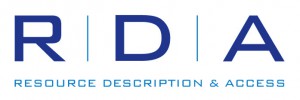 It’s been almost a year and a half since the national libraries (and many others) implemented Resource Description and Access (RDA) as their cataloging code. Attend this class to learn about updates that have been made to RDA since implementation and discuss the realities of cataloging (both original and copy) with RDA. The workshop will include time for hands-on creation of RDA records for a variety of items, exploration of the RDA Toolkit, and discussion about where RDA fits in the future of cataloging.
It’s been almost a year and a half since the national libraries (and many others) implemented Resource Description and Access (RDA) as their cataloging code. Attend this class to learn about updates that have been made to RDA since implementation and discuss the realities of cataloging (both original and copy) with RDA. The workshop will include time for hands-on creation of RDA records for a variety of items, exploration of the RDA Toolkit, and discussion about where RDA fits in the future of cataloging.

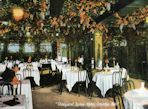
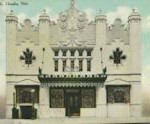

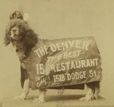
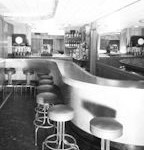
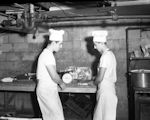
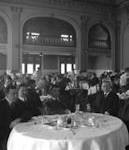


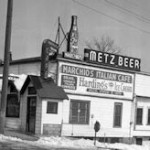
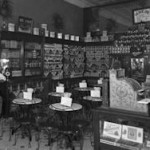
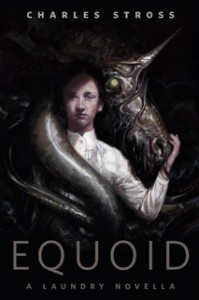
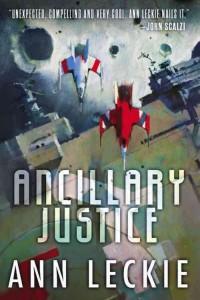 Best Novel
Best Novel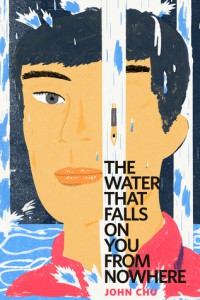
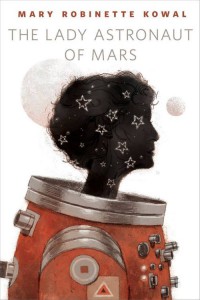 Best Short Story
Best Short Story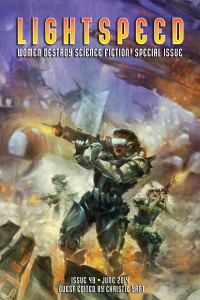

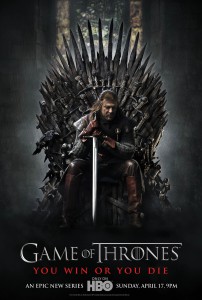
 Best Editor, Short Form
Best Editor, Short Form
